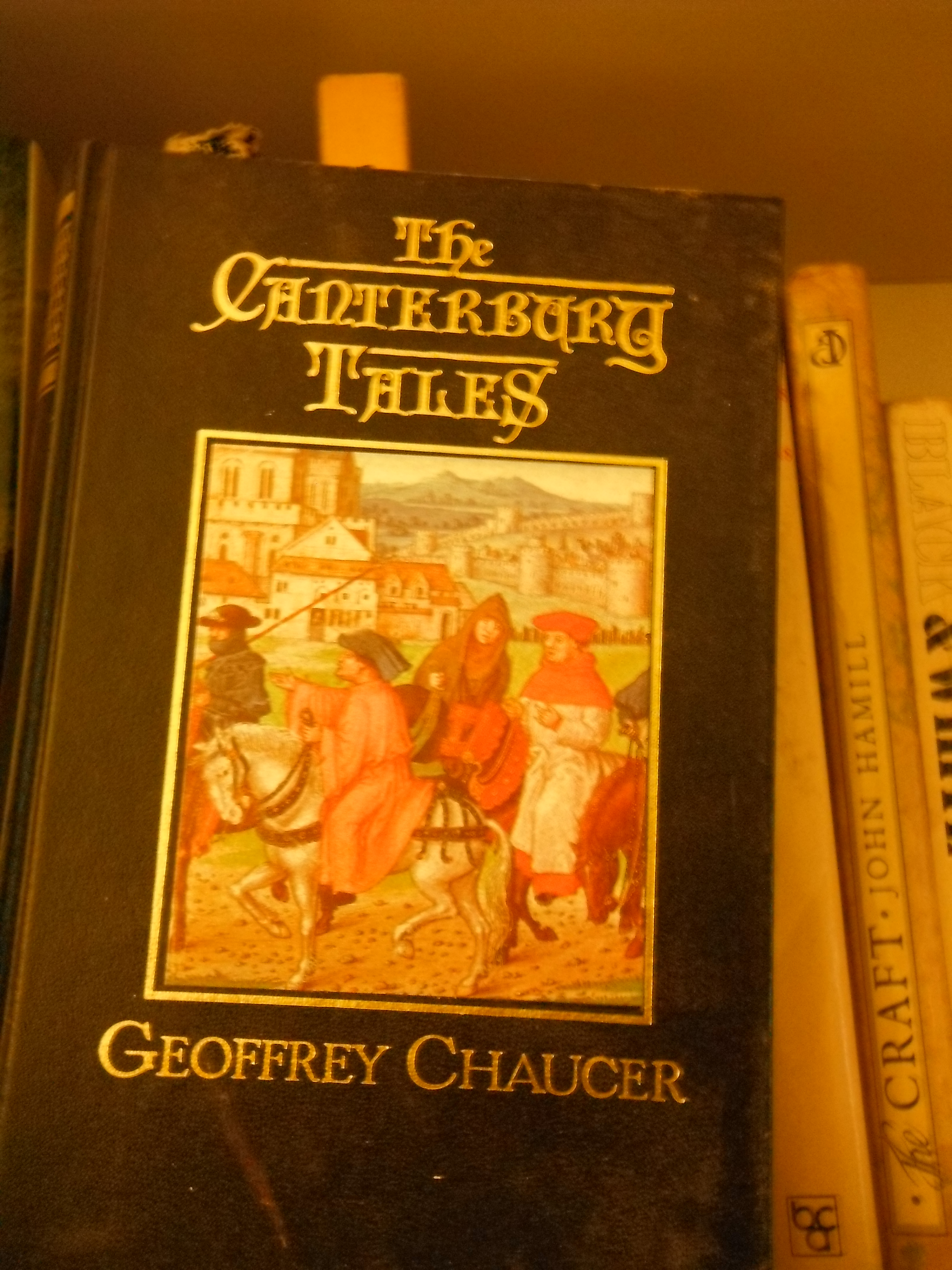Book Review Chaucer The Canterbury Tales The Parsons Tale And Chaucers Retraction
@arthurchappell (44998)
Preston, England
May 31, 2018 5:52am CST
The last, and longest story in the collection, and disgracefully, the second Canterbury tale which Penguin classics translator Nevill Coghill refused to include in his collection, as he did with The Tale of Melibee. As a result, I had to look up the Parson’s Tale elsewhere. There is no doubt that most non-Catholic readers will not like the story as much as many others in the book, but it is not for a translator to censor such information on us.
The pleasant Parson is assigned the task of giving the last story (and the longest) as the Pilgrims arrive back at the host innkeeper’s tavern, and their journey ends. Chaucer did not of course complete many stories told, but this was intended to be the last one told if the overall work had been completed. Th original plan wa to have everyon tell two tales each on the outward journey and two more each on the return trip. What we get is less than a quarter of the overall work Chaucer planned to write had he lived longer.
The Parson apologises for speaking in prose as he feels that he is no master of rhyming couplets as used in most tales in the original olde English translations. .
It isn’t really a story at all, but a meditation on the importance of religious observance and the nature of sin and repentance. The story reminds the pilgrims that their journey was a deeply religious one, given how secular many of the tales have been.
Beginning with the significance of penitence, the parson goes on to define the importance of Confessing to our sins on a regular basis, rather than just on our death beds when we may not have time to admit to all of our wrongs. The Parson believes that while most good decent people only commit little sins in their lives (as opposed to murderers), there is a tendency to skip on confessing until late in life, but the Parson compares this practice to ignoring small leaks that only let a little water into a boat – sooner or later there will be too much water to bailout before the ship sinks.
The Parson defines two kinds of sin, mortal and venial. Mortal sin is loving other people more than we love Jesus (including wives and husbands). Venial Sin does just not love Jesus as much as we ought to. The Parson then runs through the traditional Seven Deadly Sins, Avarice, Lust, Envy, gluttony, etc, before talking of punishments and penances, ranging from flagellation, to committing oneself to charity work to make amends for one’s wrong-doings.
Unusually, there are no closing comments from the listeners, and we are not told whom the host considers to have told the best story in the contest for a free meal. The Parson’s story just ends and that is the end of the book, bar for a brief piece by Chaucer called The Retraction, in which he just acknowledges sources and begs readers to forgive him for the poor quality of his writing, which given the timeless nature of the overall work, seems superfluous.
Arthur Chappell
1 person likes this
1 response






